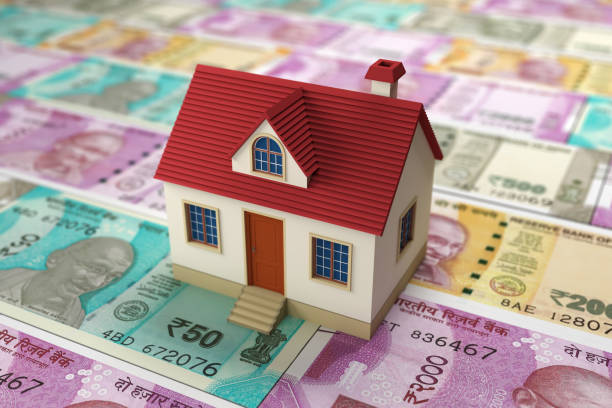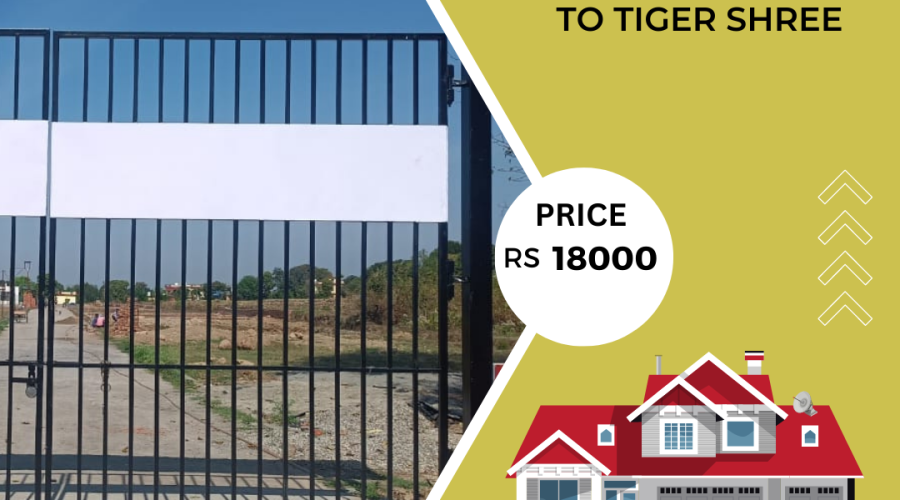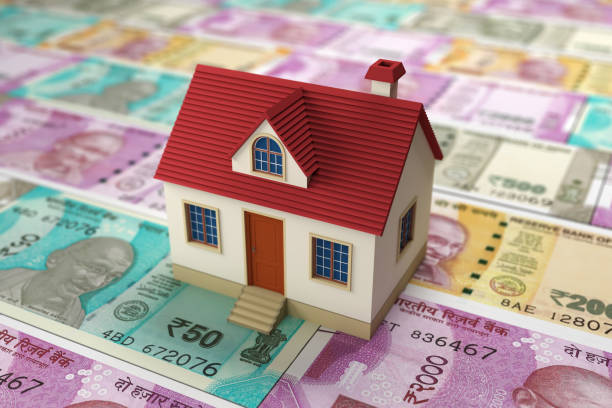5 Money Management Tips Home Loan Borrowers Must Know | Home Loan Tips
5 money management tips for home loan borrowers – Whenever the central bank hikes the repo rate, the lenders pass on the burden to borrowers in the form of increased interest on housing loans. The rising interest rates scenario in last few months and expectation of further rate hike is expected to impact homebuyers attitude. Whenever the central bank hikes the repo rate, the lenders pass on the burden to borrowers in the form of increased interest on housing loans. After the recent rate hikes by the Reserve Bank of India (RBI), most banks have started increasing their lending rates. Because of this the borrowers having floating rate interest on their loans saw a rise in monthly EMIs. Rajesh K Saraf, MD, Axiom Lambdas Pvt Ltd. said, “An advice that has been reiterated many times to home loan borrowers and still holds relevance amid rising interest rates is to pay back the consolidated loan amount with interest rates in a staggered way and in small chunks.” “It would be a wise call to formulate a strategic monthly plan emphasizing on increasing Equated Monthly Installments (EMIs) against the loans. This is the best way to systematically decrease the psychological burden of loan repayments, which is also known as Financial Discipline in an esoteric language. Financial Discipline means the adoption of a far-sighted and sagacious approach with regard to the management of home loan EMIs,” he added. Saraf further noted “Since interest rates have skyrocketed post-constant repo rate hikes by RBI, home loan borrowers with good financial knowledge can compare the interest rates charged by different banks and select the one which offers the most feasible loan repayment plans. People who are first-timers or are at a nascent stage of the home loan borrowing process can also take the help of consultancies and IPCs to simplify the complex mechanism of home loan plans and help them get the best deal for themselves.

Here’s a Quick Five-Point Guide For Home Loan Borrowers.
1) Loans and their EMIs must be repaid smartly to avoid extra charges and amounts more than your actual borrowings to prevent losses.
2) Pay back the consolidated loan amount with interest rates in a staggered way and in small chunks.
3) Formulate strategic monthly plan emphasising on increasing Equated Monthly Installments (EMIs) against the loans.
4) In case of real estate investments, one must conduct proper research on recent trends and analyse projects on the basis of their location and prices.
5) Home loan borrowers with good financial knowledge can compare the interest rates charged by different banks and select the one which offers the most feasible loan repayment plans.
In order to control rising inflation, the RBI on September 30 has raised short-term lending rate for the third consecutive time by 50 bps to take the repo rate to 5.9 per cent. Since May it has cumulatively increased the key interest rate by 190 basis points. Shubham Sardana, Director, Elater said, “Efficient money management requires sufficient knowledge regarding when and where one should invest their hard-earned money. Instead of investing the maximum chunk at once or at a single avenue, considering investing at multiple places gives better and assured returns.” “Also, loans and their EMIs must be repaid smartly to avoid extra charges and amounts more than your actual borrowings to prevent losses. In case of real estate investments, one must conduct proper research on recent trends and analyze projects on the basis of their location and prices. It is advised to buy properties that are well connected to significant spots with ease of accessibility and all the amenities are within reach. Simultaneously, properties in hotspots have far more promising returns than others,” he added. Also Read | What is EEE in Income Tax? 5 tax free investment options to become correlate

India’s Consumer Price Index (CPI) Based Inflation.
in September rose to five-month high of 7.41 per cent from 7 per cent recorded in the preceding month, with the print remaining well above the upper tolerance level of RBI’s inflation targeting framework for the ninth consecutive month. Salil Kumar, Director – Marketing & Business Management, CRC Group noted, “Recent hikes in the interest rate of home loans as the result of RBI’s guidelines have affected mainly middle-class buyers who wish to invest in real estate. This has increased the weight on their pockets, forcing them to rethink their decisions to buy properties. However, this impact is only for a short span of time, and the sector would soon recover from this temporary hold. This is beneficial for developers as they can curb input costs with this hike, and the overall value of the project remains somewhat similar.” Yash Milani, MD, MiG sun Group added, “Home loan borrowers are at the end of costlier EMIs and increased lending benchmark rates by banks in case of a repo rate hike scenario. The buyers of affordable housing projects are the most affected. The mid-housing segment takes a short-term hit as buyers put their plans to invest in homes on the back burner until the home loan interest rates return to a reasonable level. However, it only affects the market for a short span of time. The RBI’s action is motivated to decrease inflationary pressures, which has cumulatively borne results.”













